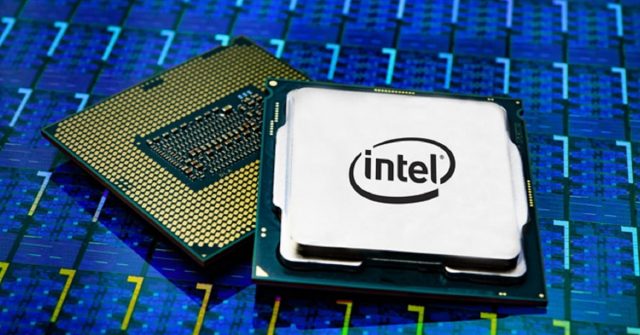
Intel is established to begin the up coming salvo in the server CPU core wars, with strategies to start two new generations of Xeon processors in 2020. Substantially like its mainstream mobile options, Intel will have a 10nm and 14nm remedy. But in which those people chips adhere to 4 cores at most, Intel’s new server CPUs are looking to chase down AMD’s Epyc 64-core chips, with 38 and 48-core options of its have.
When AMD introduced its 1st-generation Epyc server CPUs with up to 32 cores and 64 threads in 2017, it pushed the boundary of what was feasible for a single socket chip. It did so again in 2019 with the start of Epyc Rome chips dependent on the new Zen 2 architecture with up to 64 cores and 128 threads. It also broke new floor on PCIe lanes, presenting up to 128 for each chip with each era. Whilst Intel’s server efficiency was around similar in a number of techniques, by the quantities at the very least, it is been taking part in catchup.

Until eventually early 2019, all Intel could present was 28 cores and 56 threads. Some distinctive, soldered variations of Cascade Lake-AP available up to 56, but they weren’t scalable outside the house of a single socket and next-generation Epyc was just months absent from edging ahead once more with 64.
The upcoming-generation(s) of Intel’s server chips aren’t set to crack that report, with maximums of 38 cores for the Ice Lake chips, and 48 on the Cooper Lake solution (as for every WCCFTech), but they do increase the PCIe lanes to 64. Nevertheless 50 % that of Epyc, but it’s a step in the proper route.
Somewhere else, Intel appears to be aping functions from AMD’s server chips a lot more and far more, too. Both new CPU generations are only scalable to two sockets, like Epyc. They also assist eight-channel memory, just like Epyc does, as per HotHardware. They are more power-hungry than their predecessors far too, just like Epyc. But the place the AMD CPUs max out at 225 watts, the new Intel Cooper Lake chips can draw as much as 300 watts from a single chip.
These new releases will be great news for firms that have had Intel server chips for decades and want to sustain that in the decades to arrive. Much more cores, improved memory pace assist, and a increased selection of PCIe lanes are all welcome (Ice Lake-SP will even aid PCIE 4.), but it continue to feels like Intel is chasing AMD’s tail. Several of the characteristics introduced with these new chips are considerably less extraordinary than the recent AMD bulletins, and they are still not slated to debut until eventually Q2 and Q3 in 2020. That is when we’d be expecting to see a 3rd-era Epyc, codenamed Milan, to be making its debut.
Scalability is one issue that Intel’s server line has experienced going for it in the confront of Epyc’s rapid enhancement and advancement, with Sky Lake and Cascade Lake methods offered in up to eight-socket variants. But the new Cooper Lake and Ice Lake chips are confined to just two sockets for each system. That could alienate some one of a kind use situations the place Intel could have normally held an advantage.
It is also telling and annoying that Intel is at the time once more splitting its product or service lineup with two choices in 14nm and 10nm. This is the similar as we’ve noticed with Comet Lake and Ice Lake on mobile. The two are releasing inside months of each individual other, and both are labeled “10th-era.” In that situation and this one, Intel appears set to introduce an expansive, but complicated lineup of hardware, which we can not aid but dilemma. This may possibly be however one more example of Intel staying unable to satisfy need for Ice Lake, so it is looking to distribute it across an different new-era of components.
Irrespective of whether which is correct or Intel just truly wishes to launch nevertheless an additional 14nm CPU line, it could be way too minimal also late. 64-main Epyc Milan server chips in 2020 won’t be considerably powering these, if not launch along with the Ice Lake-SP selection. If that transpires, these chips will previously appear antiquated, as AMD moves to 7nm+ with TSMC’s EUV know-how. Who wins in the conclusion is up in the air, but the ramp up to increased and increased main counts positive is fun to hold up with.







